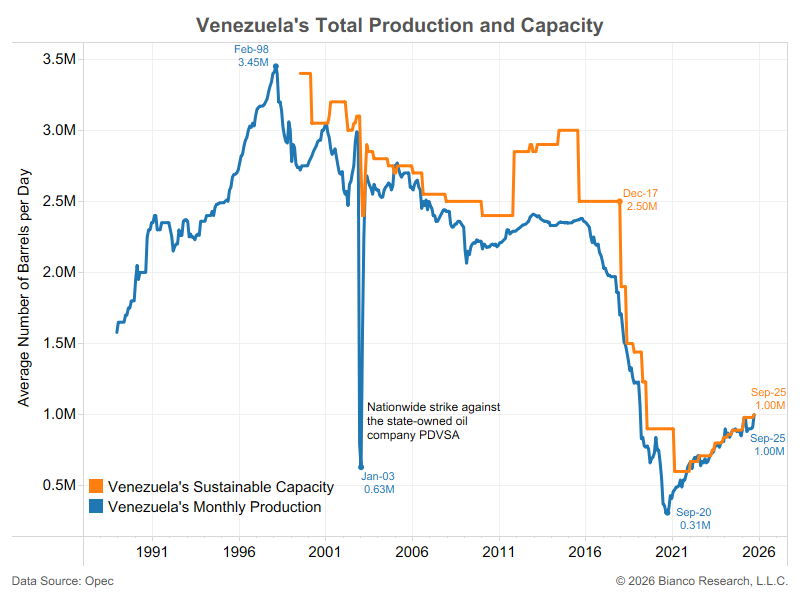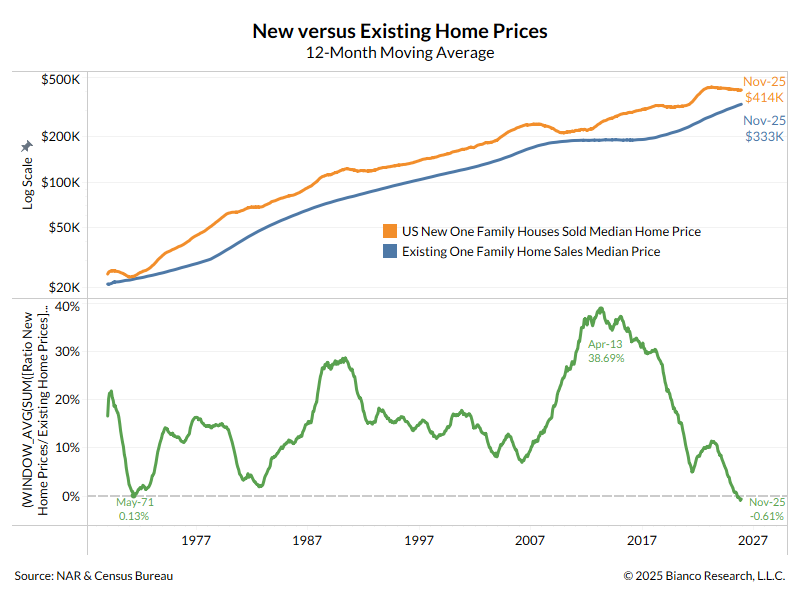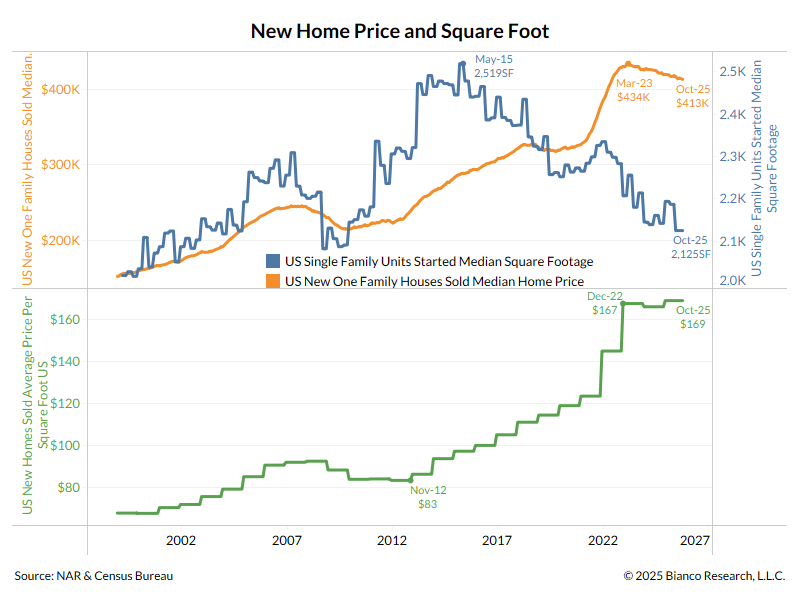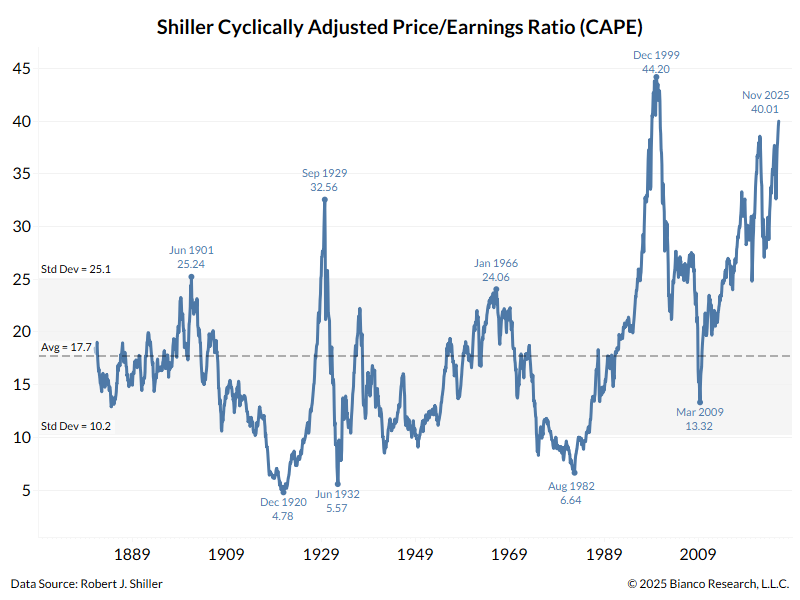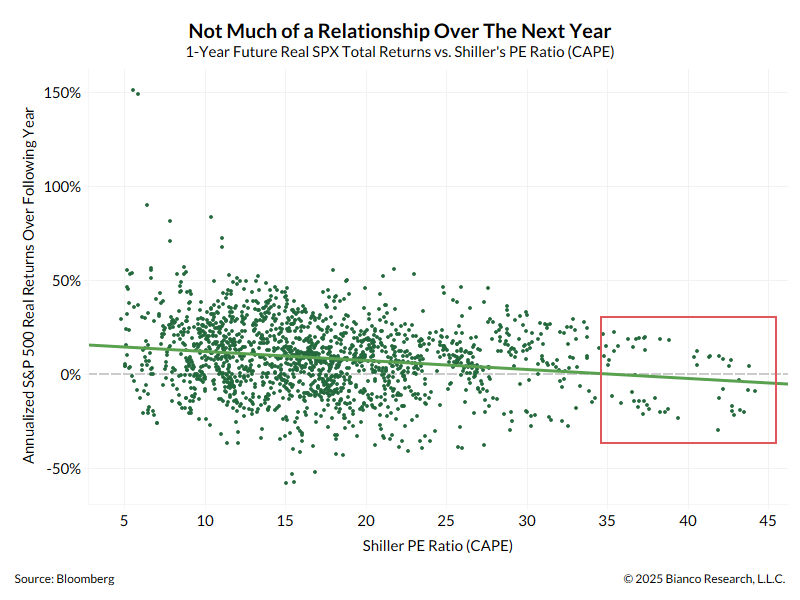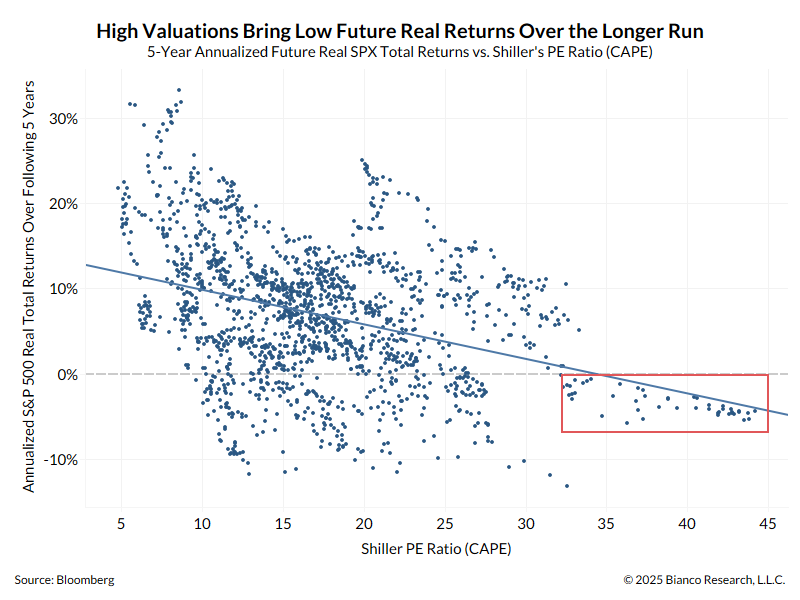1/5
An update on the biggest story no one is talking about (at least in the US)
Through Dec 19, only 59% of European natural gas storages are filled. The labels show the % of storage filled at similar points in past years is closer to 77% on average.
59% is a 10-year low.
An update on the biggest story no one is talking about (at least in the US)
Through Dec 19, only 59% of European natural gas storages are filled. The labels show the % of storage filled at similar points in past years is closer to 77% on average.
59% is a 10-year low.

4/5
With winter and cold weather coming, the price of natural gas is up more than 10x in the last year.

With winter and cold weather coming, the price of natural gas is up more than 10x in the last year.


5/5
And since natural gas is used in power generation, electricity prices are also soaring. Up 8x in a year, doubled in a few weeks.
And since natural gas is used in power generation, electricity prices are also soaring. Up 8x in a year, doubled in a few weeks.

• • •
Missing some Tweet in this thread? You can try to
force a refresh




